#Jules Labarte
Photo

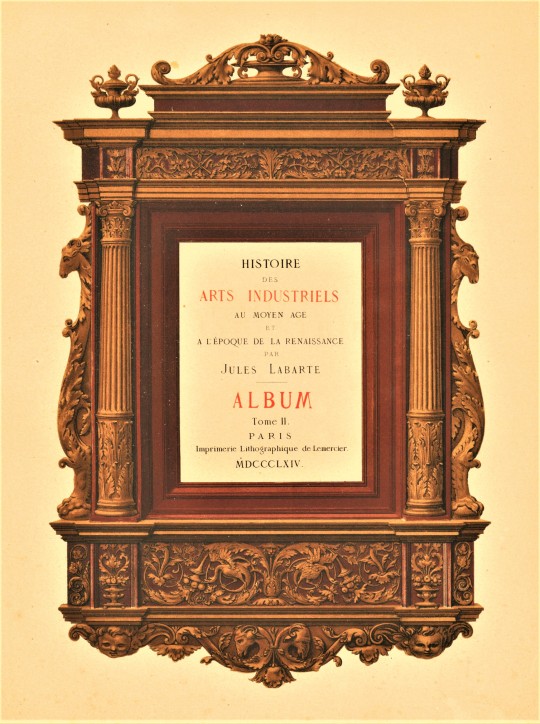
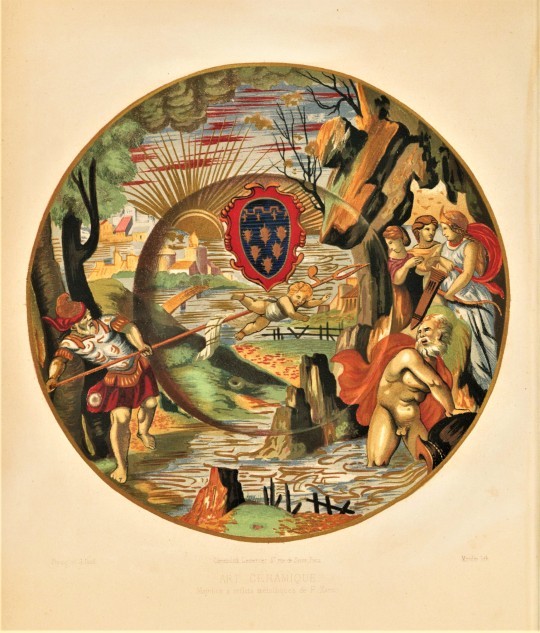

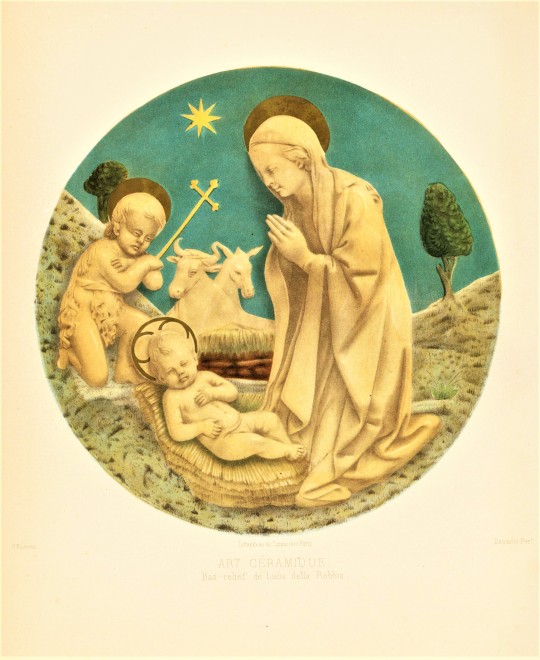




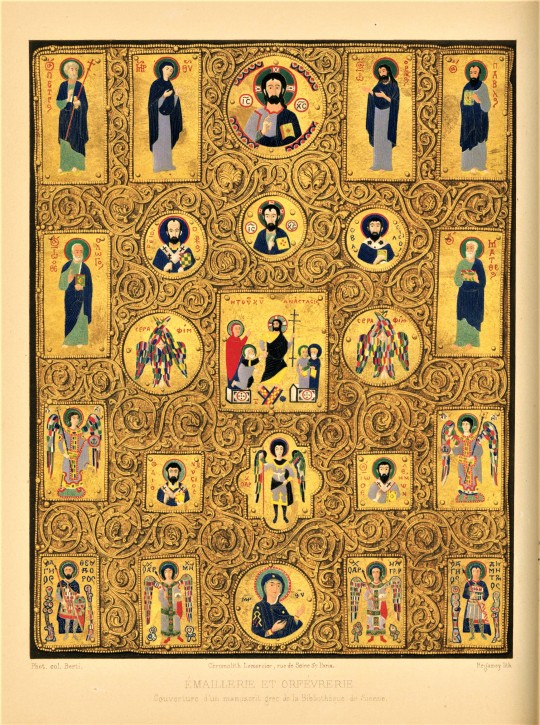
Labarte’s Histoire des Arts Industriels, part deux!
Last month we posted images from the first album of plates of Histoire des arts industriels au Moyen Âge et à l'époque de la Renaissance, published in four volumes between 1864-1866 by A. Morel et Cie. of Paris. In that post, we discussed the creator, Jules Labarte, and a bit of the publishing history. This post will focus on Imprimerie Lithographique de Lemercier, the firm responsible for image reproduction in Labarte’s Histoire.
Founded by Rose-Joseph Lemercier in 1837, Lemercier was the largest lithography firm in Paris between 1850 and 1870 and was instrumental in industrializing the lithography business in France and integrating new photolithographic processes into his repertoire. The son and grandson of basketmakers, Lemercier was apprenticed out to follow in the family business, but he quickly became enchanted with printing, studying first under Joséphine-Clémence Formentin before apprenticing for Édouard Knecht, nephew and successor of Aloys Senefelder, the inventor of lithography.
Lemercier attempted his own innovations, including an effort to develop his own photolithographic process in the early 1850s. Ultimately, he purchased the patent for the process developed by Alphonse Poitevin. The image below is an example of that process:
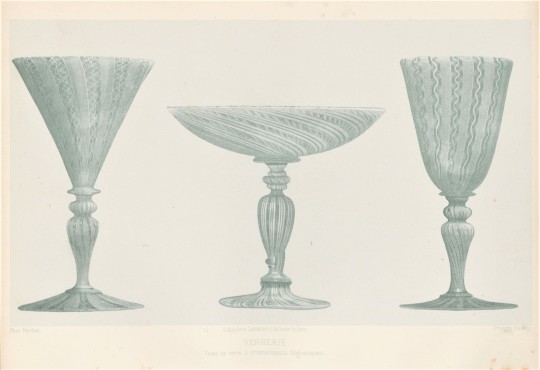
View more posts with chromolithographs.
View more Decorative Sunday posts.
-Olivia, Special Collections Graduate Intern
#Decorative Sunday#decorative arts#decorative plates#Rose-Joseph Lemercier#Imprimerie Lithographique de Lemercier#lithographs#chromolithographs#Yay chromoliths!#Aloys Senefelder#Alois Senefelder#Jules Labarte#Histoire des arts industriels au Moyen Âge et à l'époque de la Renaissance#A. Morel et Cie.#olivia
52 notes
·
View notes
Text



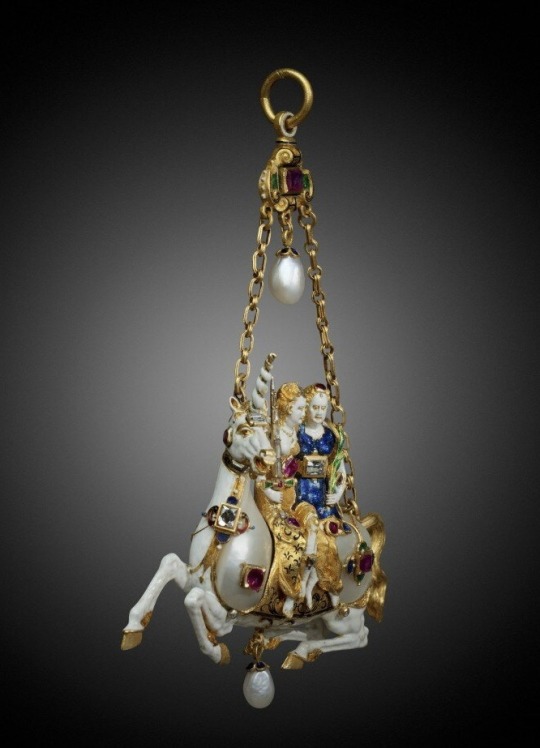
Unicorn rided by Victory and France. Probably Paris, around 1830.
This jewel, famous in the 19th century, is directly inspired by jewels from the treasure of Saxony preserved in the Dresden Green Vault. The figure holding the sword is inspired by the figure of Justice that decorates a Dresden cabinet (Hackenbroch, Y. Renaissance Jewellery, ill. 578). The drapery of fleurs-de-lis from the allegory of France will have made the jewel particularly desirable for a French collector and suggests that it could have been made in Paris, around 1820-1830, by the first generation of goldsmiths who copied Renaissance works to respond to the growing enthusiasm of collectors.
It comes from the famous collection of Louis-Fidel Debruge-Duménil (1788-1838), which, as early as about 1820, constituted one of the first and most important and first collections of art objects of the Middle Ages and the Renaissance. The posthumous catalog of his collection, published in 1847, includes more than 2,000 issues and is preceded by a long historical introduction by his son-in-law Jules Labarte covering all aspects of the decorative arts. This work, one of the first of its kind and illustrated with engravings, will have a decisive influence on the next generation of collectors, in particular Baron James de Rothschild and other members of this family who will acquire the most beautiful lots in the collection, including this object.
Courtesy Alain Truong
24 notes
·
View notes
Photo







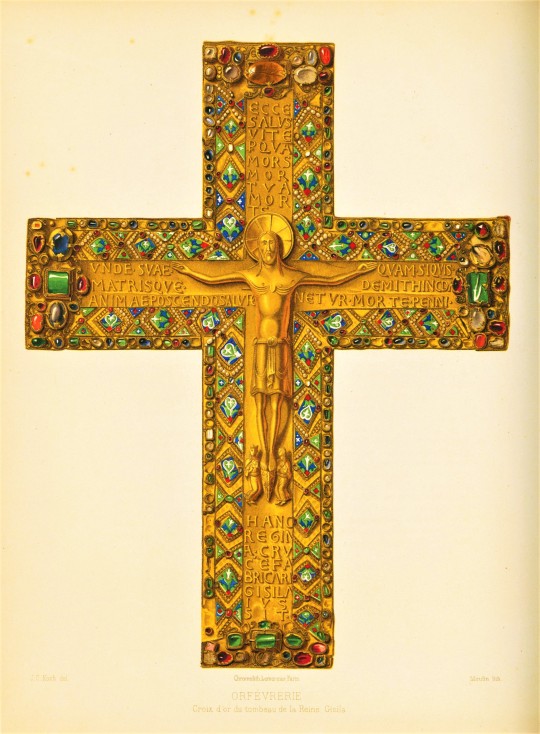

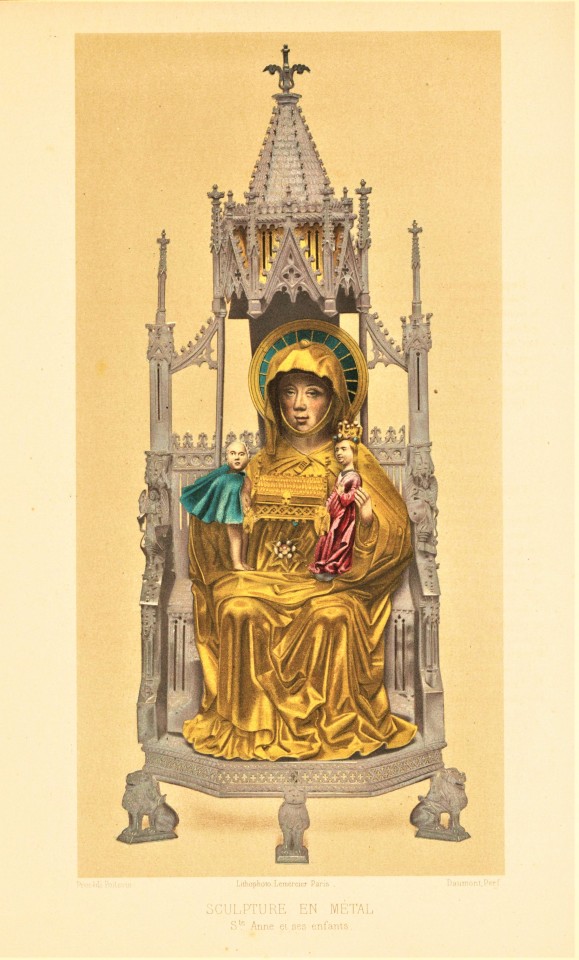
Decorative Sunday
In 1823, an aspring young lawyer named Jules Labarte (1797-1880) married Joséphine Debruge-Duménil*, the only daughter of the wealthy art collector Louis-Fidel Debruge-Duménil (1788-1838). He was enthralled by his father-in-laws collection, one of the first major private collections of Medieval and Renaissance Art in France, and by 1835 he had abandoned the law to dedicate himself to the study of art history. A few years later, Debruge-Duménil passed away unexpectedly, and Labarte was charged with identifying and cataloging his collection of over fifteen thousand artifacts, a task he took on with great meticulousness.
The resulting catalog was published in 1847 by La Librarie Archeonologique de Victor Didron with a 400 page introduction. This well-researched introduction became a highly sought after text, and Didron pressed Labarte for years to produce a second edition. Labarte refused for years, but allowed for a English translation, published in 1855 by J. Murray of London as Handbook of the Arts of the Middle Ages and Renaissance as Applied to the Decoration of Furniture, Arms, Jewels, Etc.
The English edition only increased the appetite for a revised French edition, to which Labarte finally agreed. Between 1864 and 1866, Histoire des arts industriels au Moyen Âge et à l'époque de la Renaissance was published in Paris by A. Morel et Cie. in four volumes, with two additional volumes of plates. Printing was done by Henri Plon, an ancestor of 16th century Danish typographer Jehan Plon. The plates are primarily chromolithographs produced by Lemercier, the largest lithography firm in Paris at the time. Keep your eyes peeled for a follow up post where we will share images from the second album and discuss Rose-Joseph Lemercier (1803-1887).
The above images are all sourced from the first album of plates. Critics praised the book’s illustration for its rich colors and “photo-like accuracy.” You might look at the last image above (of the statue St. Anne and her Children by German artist Hans Greiff) and question that characterization based on the somewhat bizarre faces, but lo and behold, the faces on the actual statue are a bit strange! See for yourself:

Find more posts on publisher August Morel here.
Peruse more Decorative Sunday posts here.
-Olivia, Special Collections Graduate Intern
*Special shout out to Institute National d’Histoire de l’Art (INHA) for providing me with the first name of Labarte’s wife Josephine, who is most commonly (and annoyingly) referred to in the literature as “daughter of Louis-Fidel Debruge-Duménil” or “wife of Labarte.”
#Decorative Sunday#Histoire des Arts Industriel#decorative arts#decorative plates#Jules Labarte#La Librarie Archeonologique de Victor Didron#Histoire des Arts Industriels au Moyen Âge et à l'Époque de la Renaissance#A. Morel et Cie.#A. Morel#Lemercier#chromolithographs#chromolithography#Yay chromoliths!#Louis-Fidel Debruge-Duménil#Joséphine Debruge-Duménil#Handbook of the Arts of the Middle Ages and Renaissance as Applied to the Decoration of Furniture Arms Jewels Etc.#Handbook of the Arts of the Middle Ages and Renaissance#John Murray#J. Murray#Henri Plon#Jehan Plan#olivia
67 notes
·
View notes